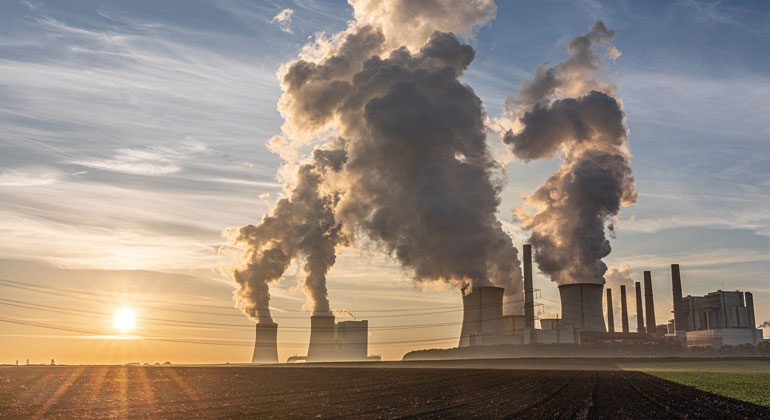Emissions Gap Report 2021
With climate change intensifying and scientists warning that humanity is running out of time to limit global warming to 1.5°C over pre-industrial levels, 2021 has been a fraught year for the planet.
The Emissions Gap Report 2021: The Heat Is On is the 12th edition in an annual series that provides an overview of the difference between where greenhouse emissions are predicted to be in 2030 and where they should be to avert the worst impacts of climate change.
What’s new in this year’s report
The Emissions Gap Report 2021 shows that new national climate pledges combined with other mitigation measures put the world on track for a global temperature rise of 2.7°C by the end of the century. That is well above the goals of the Paris climate agreement and would lead to catastrophic changes in the Earth’s climate. To keep global warming below 1.5°C this century, the aspirational goal of the Paris Agreement, the world needs to halve annual greenhouse gas emissions in the next eight years.

If implemented effectively, net-zero emissions pledges could limit warming to 2.2°C, closer to the well-below 2°C goal of the Paris Agreement. However, many national climate plans delay action until after 2030. The reduction of methane emissions from the fossil fuel, waste and agriculture sectors could help close the emissions gap and reduce warming in the short term, the report finds.
Carbon markets could also help slash emissions. But that would only happen if rules are clearly defined and target actual reductions in emissions, while being supported by arrangements to track progress and provide transparency.
- Emissions Gap Report 2021 (pdf) | The Heat Is On – A world of climate promises not yet delivered








